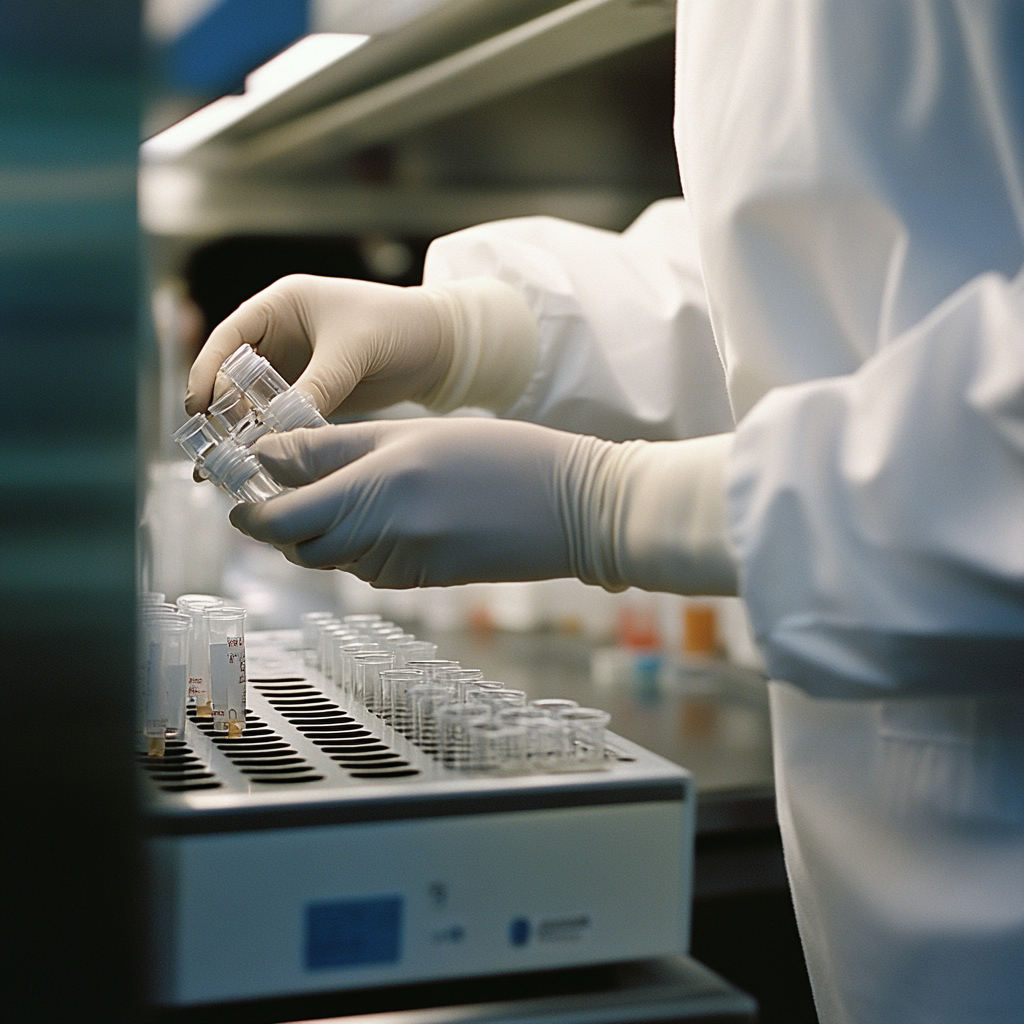
Scientifically engineered formulations, optimized for maximum cellular performance and validated through rigorous quality control.
Optimized for cellular viability and function
Engineered to support robust cell health, proliferation, and performance across passages.
Formulated for consistency and reproducibility
Minimizes variability to ensure reliable outcomes in every experiment.
Validated for purity, sterility, and performance
Extensively tested to meet rigorous quality, safety, and regulatory standards.

